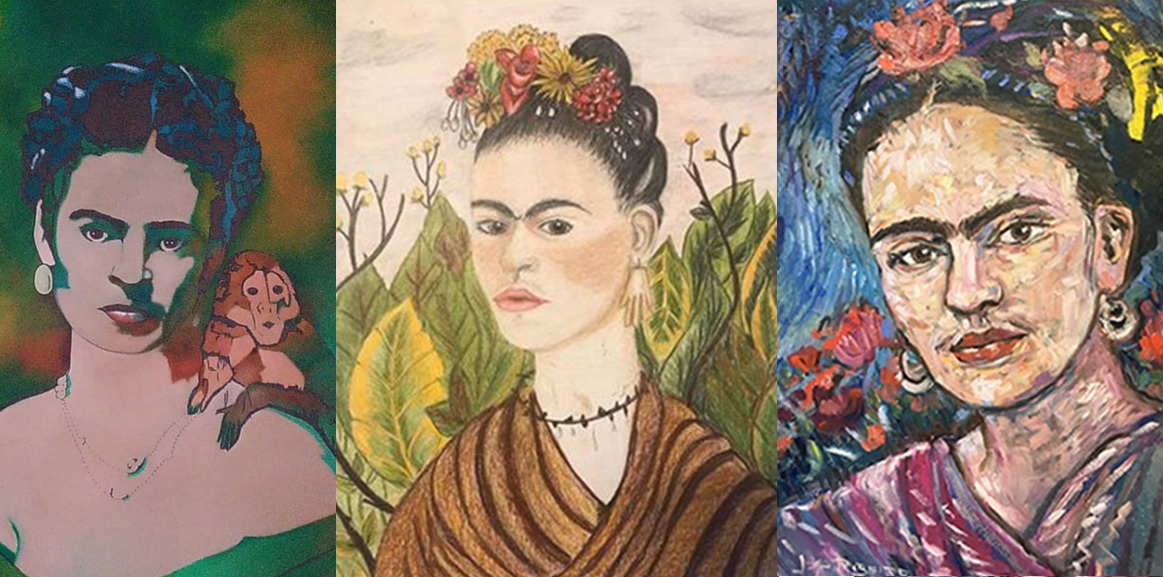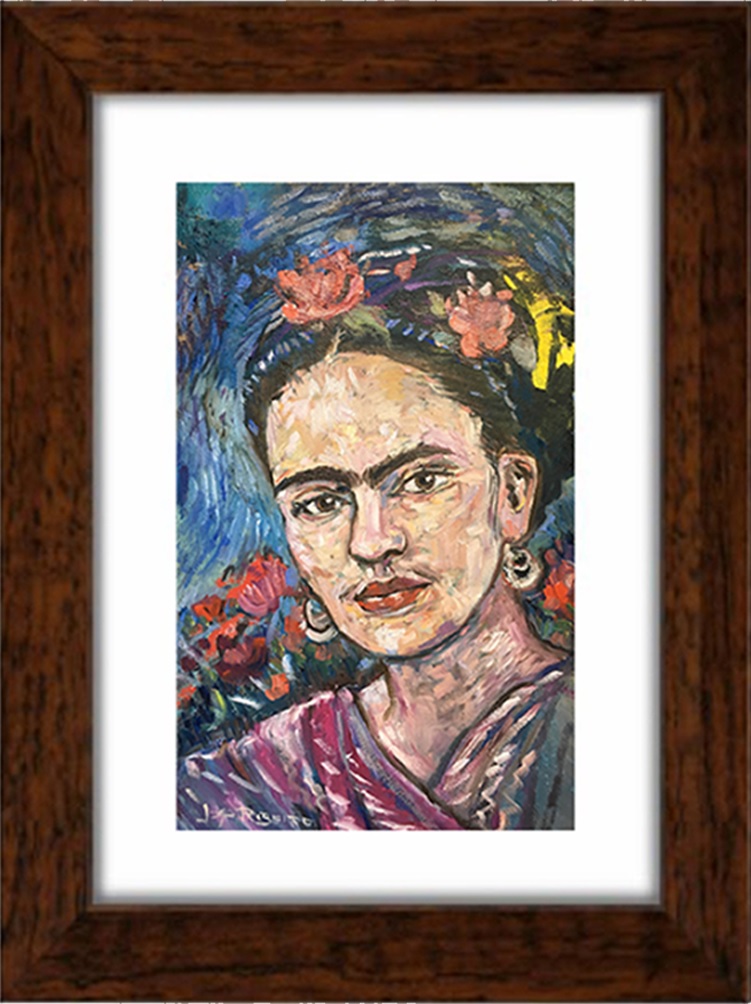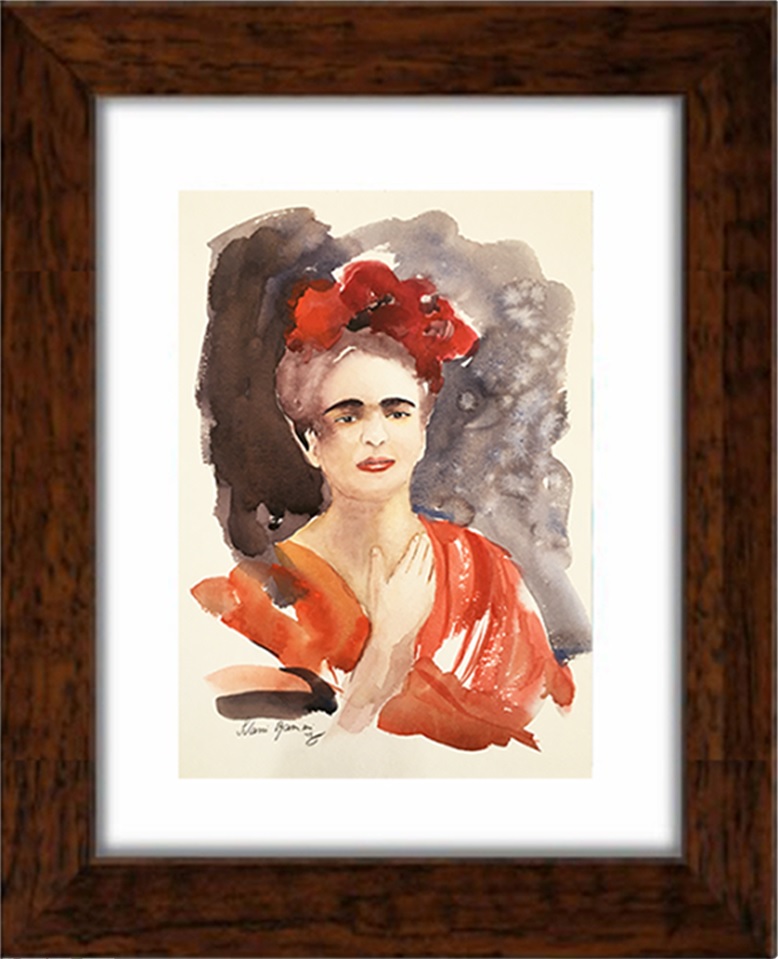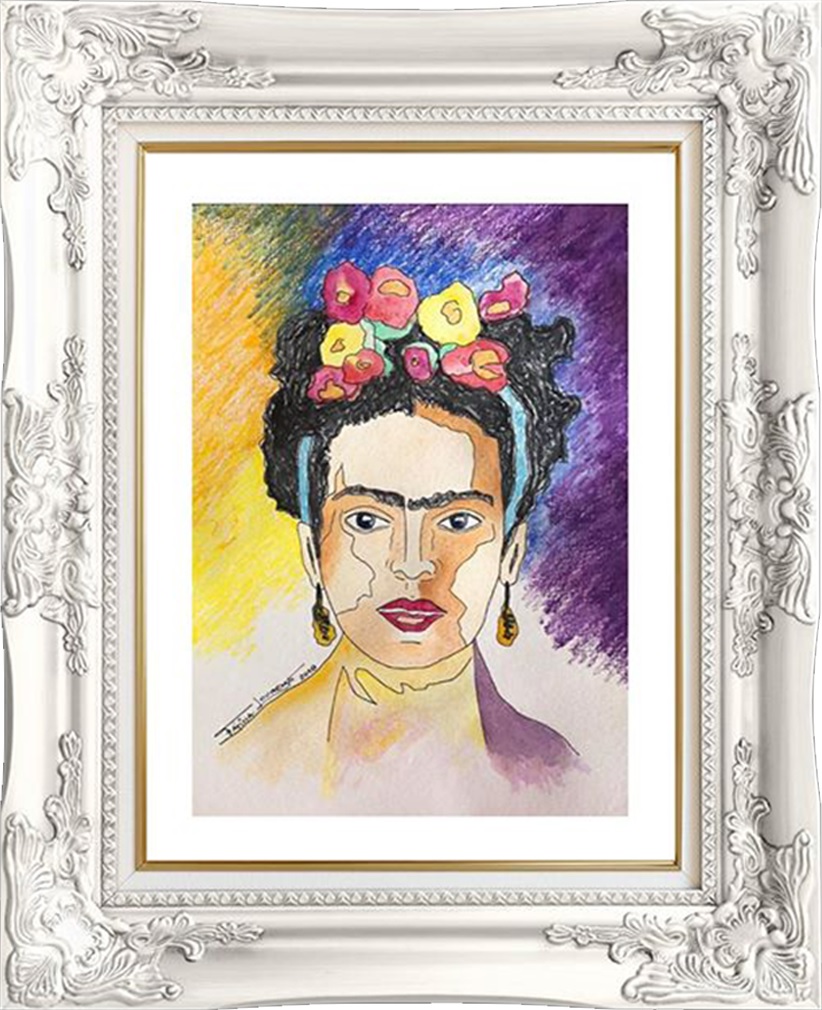
Renew yourself.
Reborn in yourself.
Multiply your eyes, to see more.
Multiply your arms, to sow everything.
Destroy the eyes whom have seen.
Creates others for new visions.
Destroy the arms they have sown.
To forget to harvest.
Always be the same.
Always another.
But always loud.
Always far away.
And inside everything.
(MEIRELES, 1995, Song XIV)
Dreams fit in a moment of thinking, on a slept night, in a quiet wake, or in a thoughtful awakening. Dreams can float in the ethereal, bathe the blue sky and still rest amply on the tip of a pin. Inside it, ideas are engendered, columns are built, and history is gradually built, to several hands. To fly hand in hand with a dream is to never return to solid ground; is to untie strings; loosen up floating inside a soap bubble, noticing its nuances and falling asleep from dreaming.
Within that dream the Surrealism made us wake up. Inside him, the artist Frida Kahlo also once dreamed and today, a museum in honor of this great artist is built on Brazilian soil, taking with them names of Brazilian artists. Creation of the project for the Frida Kahlo Museum (MUHFK) was designed by Vera Itajaí, also curator of the collection, in the city of Curitiba, in the State of Paraná.
Realizing this idea, the museum collection, that is being assembled, already has more than 200 works, carefully selected by the curatorship. In all of them, the striking face of the Mexican artist is present, elements of his works and his time. The contrast of Francisco Machado's color and monochrome (Fig. 1) shows a contemporary Frida. It is also a counterpoint that is clear in Kenzo Kuroda's Frida (Fig. 2), with two different worlds, one of the dreams and the other real. The serious Frida by João Ribeiro (Fig. 3) seems to have his eyes lost in his time.
Under the gaze of watercolor, Ivani Ranieri (Fig. 4) stressed the red, that reveals so much the strong personality of Frida that the world has known. Also by the traces of the watercolor, Fatima Lourenço (Fig. 5) highlighted not only the remarkable Frida, but it also revealed a color from the artist's country. And then there's Esther Poroger's Frida (Fig. 6), amid the green, with their usual robes. The elegant Frida by Ana Bittar (Fig. 7) has on his shoulder a small representative of the fauna, who was also the protagonist of works by the Mexican artist.
By the hands of a great promoter of the project and artist, Roberto Rodrigues, the various Fridas in their versions and in their moments. In figure 8, the faint and bluish light on the Mexican artist has straight cutouts, remembering a work by Cézanne. In figure 9, a reinterpretation of Frida's own work, has the same principles as Cubism, with cutouts and glue. in pictures 10 and 11, Roberto Rodrigues left on display in two versions, their vision and interpretation of the couple, Frida and her beloved Diego Rivera, also artist.
Through monochrome (Figures 12 and 13), João Moro drew bits and pieces from Frida's time and life. There are elements of his works, people who have gone through their life as if time has not stopped. Or specter of Frida (Fig. 14) with pure colors that take shape, but do not mix do the work of Francisco Borges Laranjal. The dimly lit artist's face sheds light on her pale appearance, reinforced by umbratic colors.
In addition to the paintings, in its varied forms of expression, the museum's collection houses collages and sculptures, that can be visited at the link www.museu-muhfk.org. In addition to the visit, the museum invites artists to also be part of the collection, with your Fridas.
.
Sign up to receive Event News
and the Universe of Arts first!
References:
MEIRELES, Cecília. Cânticos. São Paulo: Editora Moderna, 1995.
ROSÂNGELA VIG
Sorocaba – São Paulo
Facebook Profile | Facebook Fan Page | Website
Columnist at Website Obras de Arte
E-mail: rosangelavig@hotmail.com















